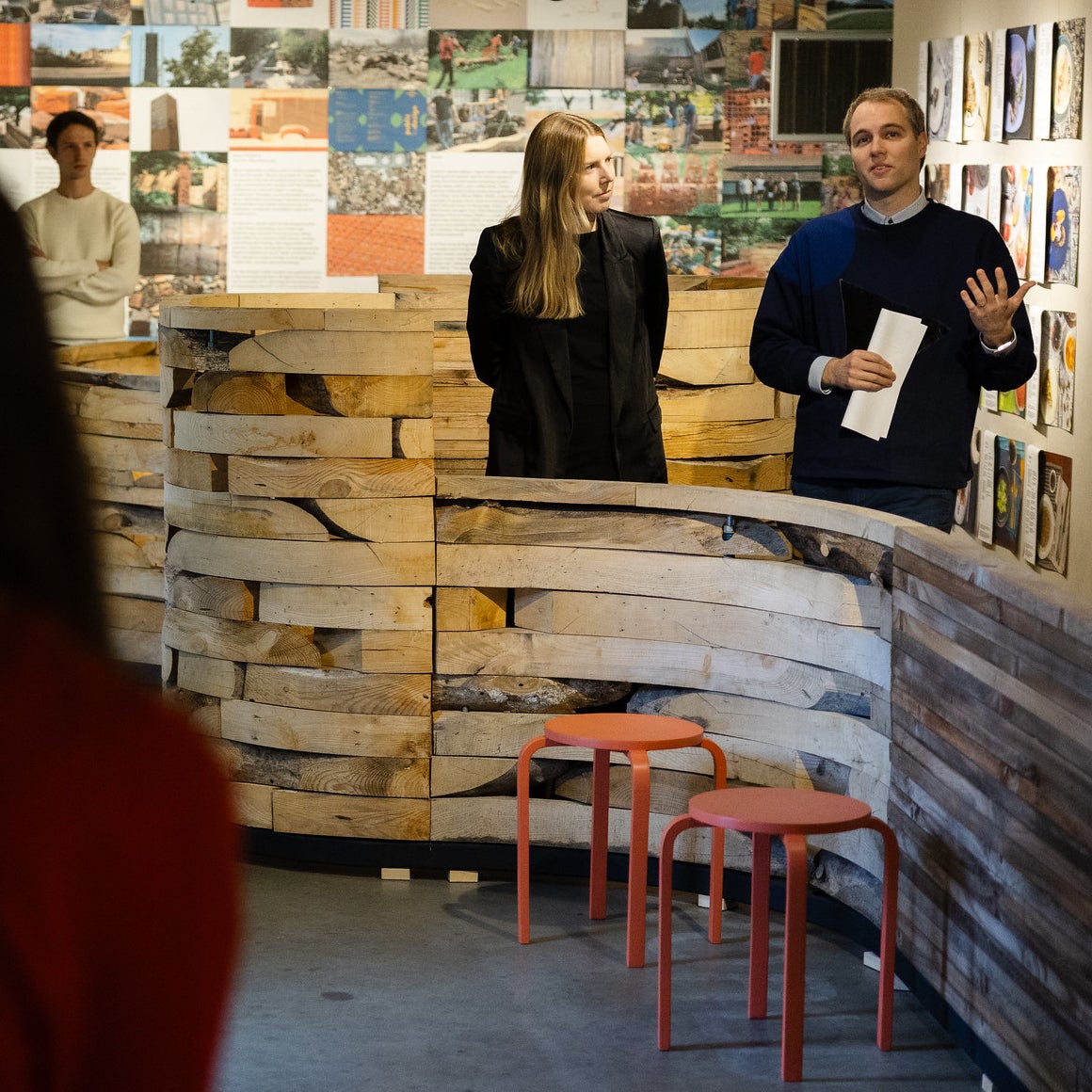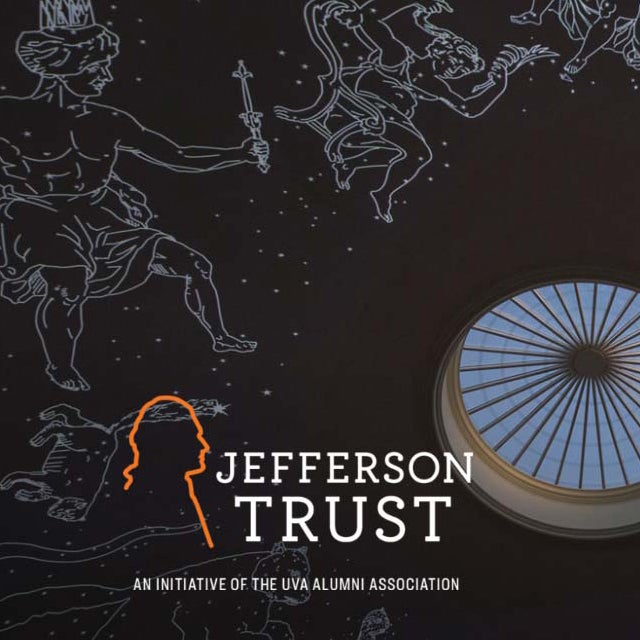
Landscape architecture professor creates new forms of nature-based infrastructure to restore and protect our water landscapes
A newly formed collaboration brings together researchers and designers to study, develop, and pioneer new forms of natural infrastructure, approaches that use nature to address the challenges related to sea-level rise, erosion, flooding, and habitat loss in the nation’s bays and estuaries. Associate Professor of Landscape Architecture at the University of Virginia’s School of Architecture Brian Davis is part of this team who has been awarded $7.75 million over five years by the U.S. Army Corps of Engineers’ Engineering With Nature Program to develop the Natural Infrastructure Innovation Project (NIIP).
Davis leads a research team, based at UVA, that is studying and identifying best practices and future solutions in natural infrastructure for the mid-Atlantic and Southeast United States’ bays and estuaries. Partner labs at the University of Pennsylvania and Auburn University are studying the Northeast and Gulf Coast regions, respectively, stitching together a wide geographic range to be able to share findings with landscape architects and engineers across the country.
“The research led by Brian Davis will provide new knowledge for the implementation, performance, and life of natural infrastructure in specific landscape conditions,” said Bradley Cantrell, Chair of the Landscape Architecture Department. “Rather than attempting to develop a homogenous infrastructural strategy, the work highlights the need for developing installation protocols and maintenance strategies that address specific landscape phenomena, and that build on our tradition of craft and specificity in the construction of the built environment.”
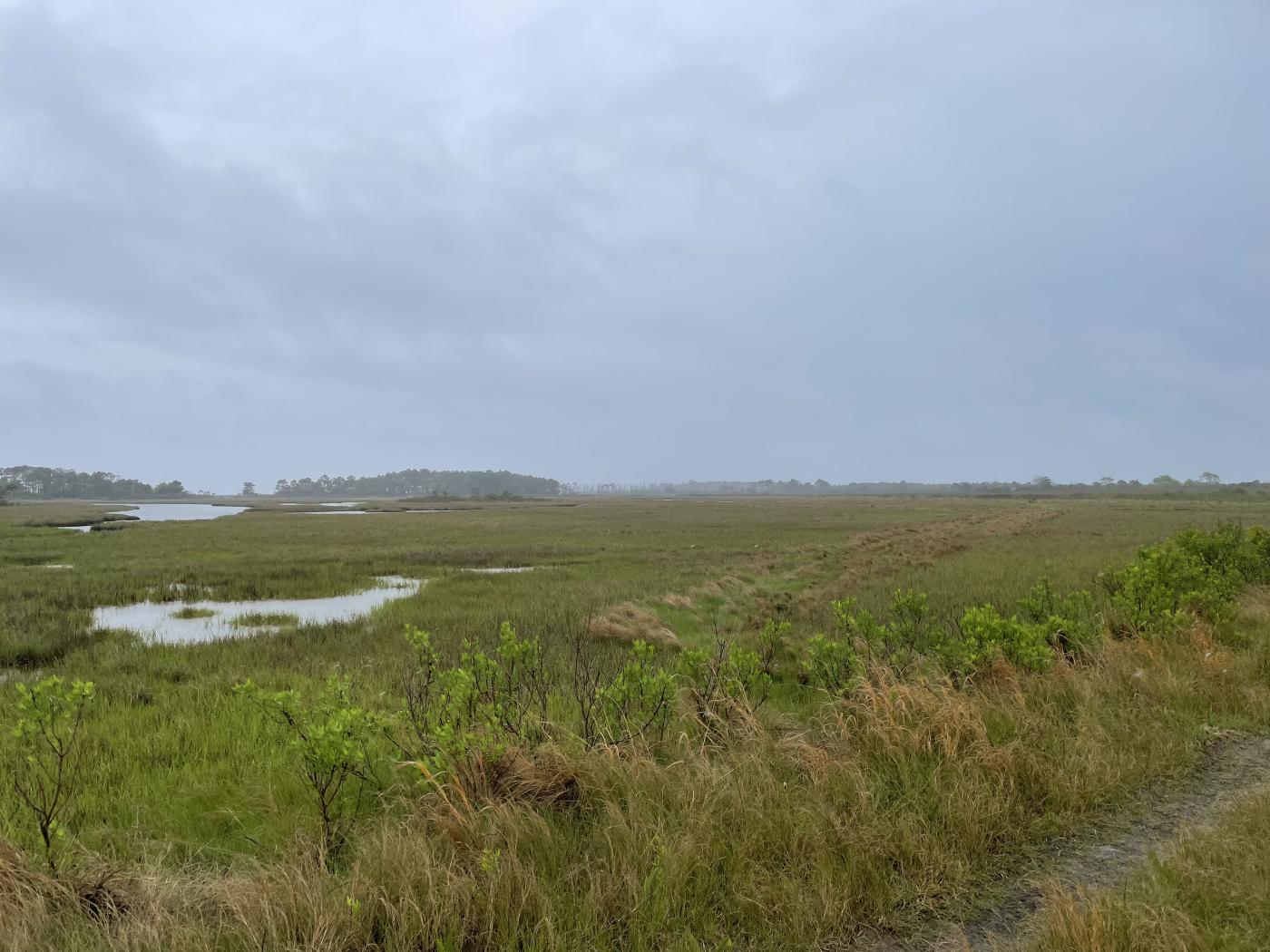
Coastal communities across the nation have long been places of resilience, home to some of the largest populations, economies, and ecosystems, despite environmental degradation and destruction. As these water landscapes face unprecedented threats due to climate change, investment in the development and delivery of innovative design tools that leverage natural forces, processes, and materials, show promise to not only reduce risk while protecting and restoring ecology, but also have the potential to provide long-term economic value.
Research projects like the one Davis is leading are helping to assess how maintaining and restoring natural infrastructure to support healthy functioning can save money, time, and lives in both the short and long-term future. Support from the U.S. Army Corps of Engineers, that has purposely incorporated natural processes and nature-based features into some of its flood-control projects through the Engineering With Nature (EWN) program for over a decade, allows for economic, environmental, and social benefits — enhanced by collaborations between engineers and landscape architects.
“What I find very intriguing with landscape architects, and why I value them so much is that…they’re not constrained in the purest sense of engineering, and they can think beyond the biological context,” said Dr. Jeffrey King, Deputy National Lead and Program Manager for EWN (For more, see “The Long Game” in Landscape Architecture Magazine (November 2022), authored by Jared Brey).
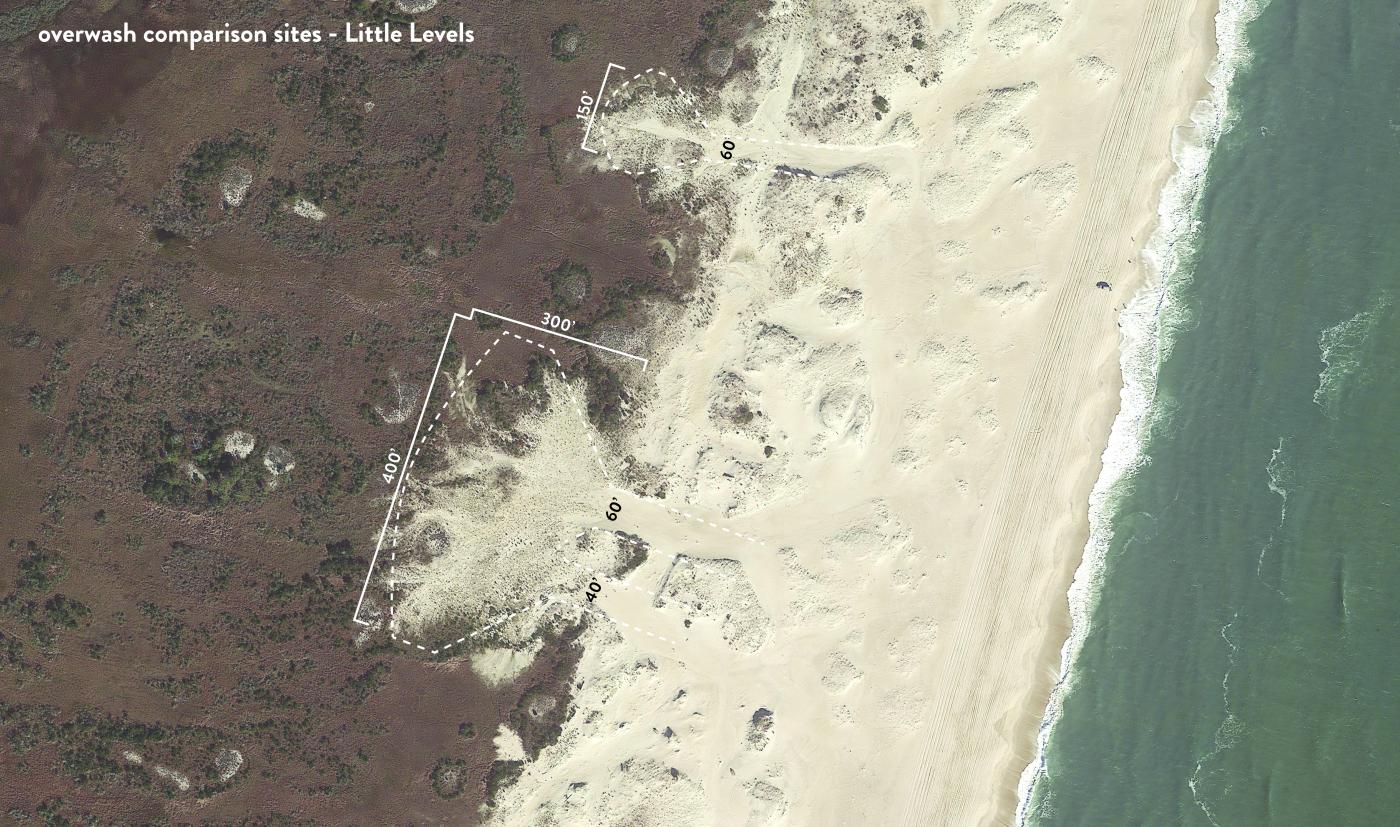
Davis has studied the multi-faceted benefits of nature-based infrastructure for almost a decade. In 2017, he and fellow researchers were awarded a project design award by the Great Lakes Protection Fund to pilot new passive sediment management strategies in the Great Lakes region. Their award-winning research, Healthy Port Futures, pioneered new approaches to coastal management that balanced the needs of ecology, industry, and communities by working with natural processes. Over several different study areas, the researchers discovered ways to design landscapes to rebuild eroded land, improve habitats, and reduce the risk of damage from storms.
With colleagues Assistant Professors Michael Luegering and Erin Putalik, Davis is also investigating nature-based coastal management strategies for three national parks: Colonial National Historic Park, Harriet Tubman Underground Railroad National Historical Park, and Assateague Island National Seashore. Also funded by the EWN program, the Preserving Coastal Parklands project serves as a model for NIIP — testing the efficacy of natural forms through physical and computational modeling, a full range of visualization techniques such as mapping and drone photography, and in-the-field studies of soil and water quality.
With lessons learned from Healthy Port Futures and Preserving Coastal Parklands, Davis is eager to be able to expand the research to investigate a larger scale through the NIIP project.
“The Natural Infrastructure Innovation Project is exciting because it supports systematic, rigorous innovation to develop natural infrastructure concepts that are needed in communities and regions across the nation,” said Davis.

While the broader research framework could mean even greater impact, Davis emphasizes that location matters to the project. In fact, many of the problems of past and existing approaches to coastal infrastructure can be traced to a lack of contextual specificity or the application of a “one-size-fits-all” solution. In contrast, the NIIP research team takes a place-specific approach — not only studying the science of natural systems, but also the cultural and social conditions that shape places. In this work, drawing from history, anthropology, and social science, they are asking how people have built in a particular location in the past, what resources were available, and what kind of ongoing engagement led to the strength or decline of communities.
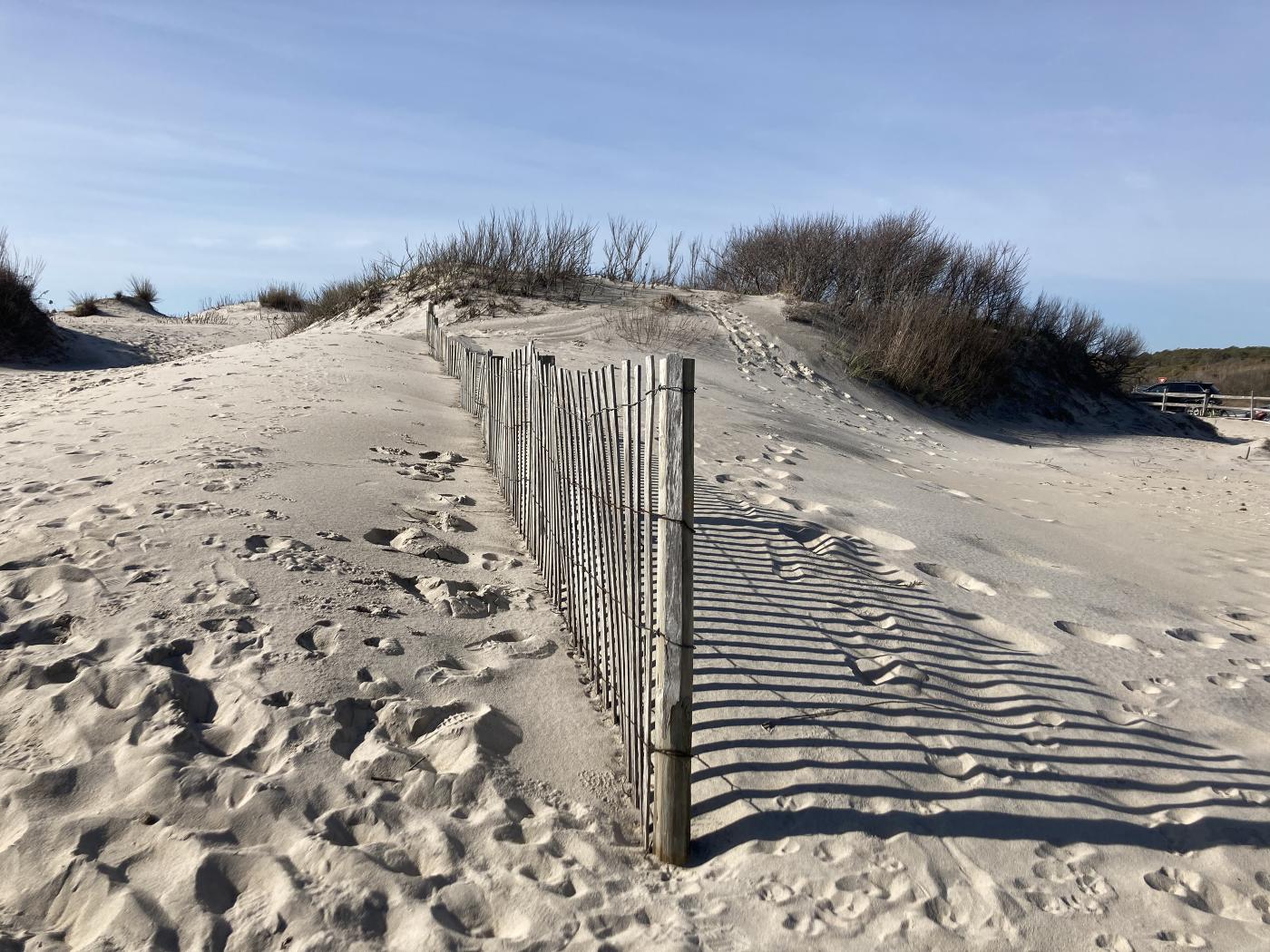
In the first year of the research, one specific location Davis is investigating are the Delmarva bays on the Eastern Shore of Maryland, common in the counties of Caroline, Talbot, and Queen Anne. Described by scientists and ecologists as ‘unique’ and ‘mysterious,’ this is a landscape of thousands of small, shallow basins, many of which have been filled in for agricultural use or obscured by new growth — often making them hard to recognize as naturally occurring features. Integral to the coastal ecosystem, the bays are seasonal wetlands that have been described by restoration ecologist Wayne Tyndall as having “the highest biodiversity conversation value of any wetland type on the [Eastern Shore] peninsula.”
Other places that have been identified as potentially benefiting from innovative natural infrastructure include the Atlantic coastal cities of Wilmington, North Carolina, Charleston, South Carolina, and Norfolk, Virginia.
The new forms that Davis and his fellow researchers will develop have performative aims: to provide storm protection and to restore habitats, but the capacity for nature-based infrastructure to support recreational and social uses for communities carries the promise for long-term investment and care. “Doing the research to develop infrastructures that are based in natural forms is an emerging paradigm,” explains Davis. “It allows us to conceive of infrastructures as landscapes — not merely as solutions to problems — but as places people experience and care for as part of everyday life.”

